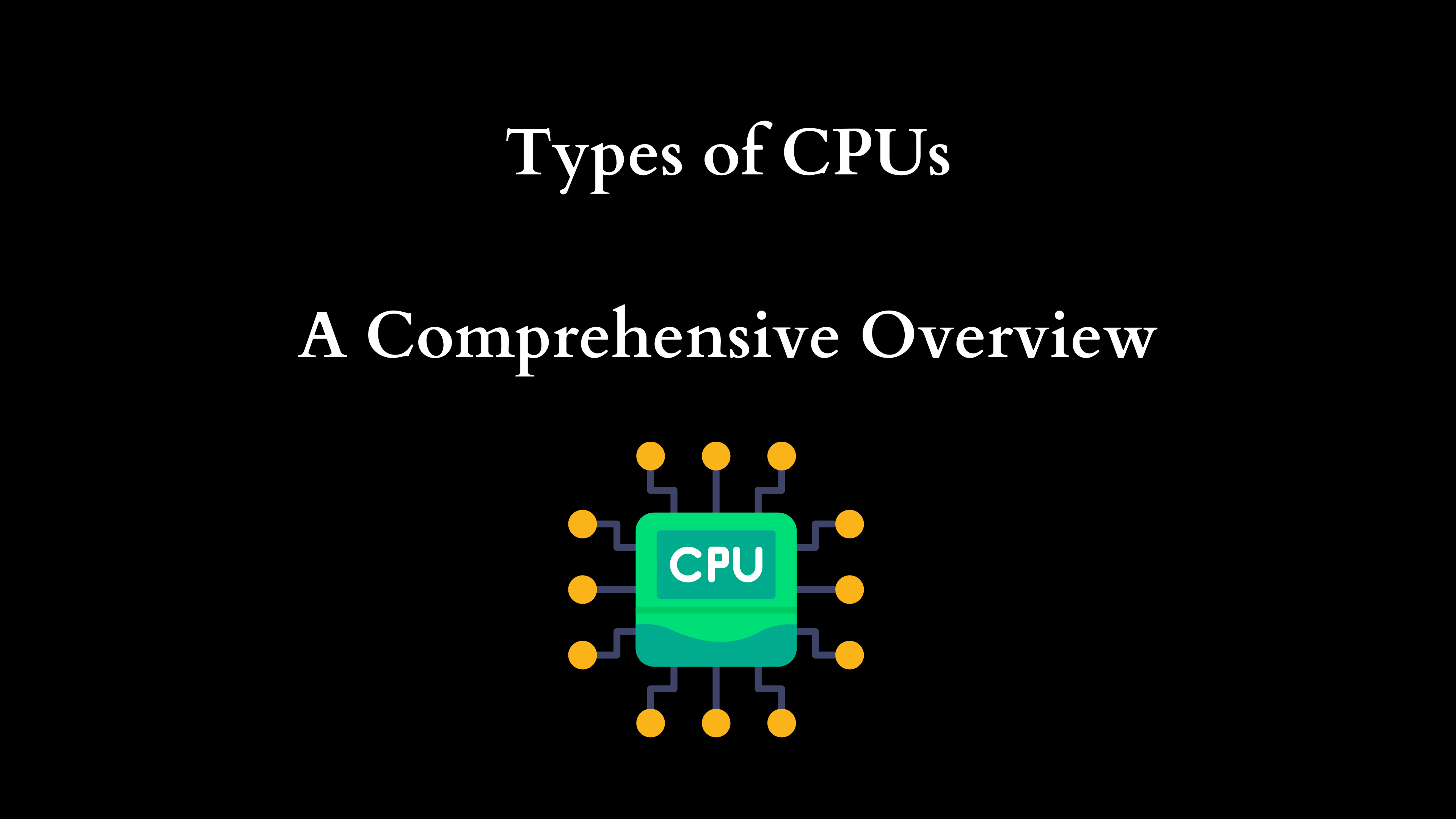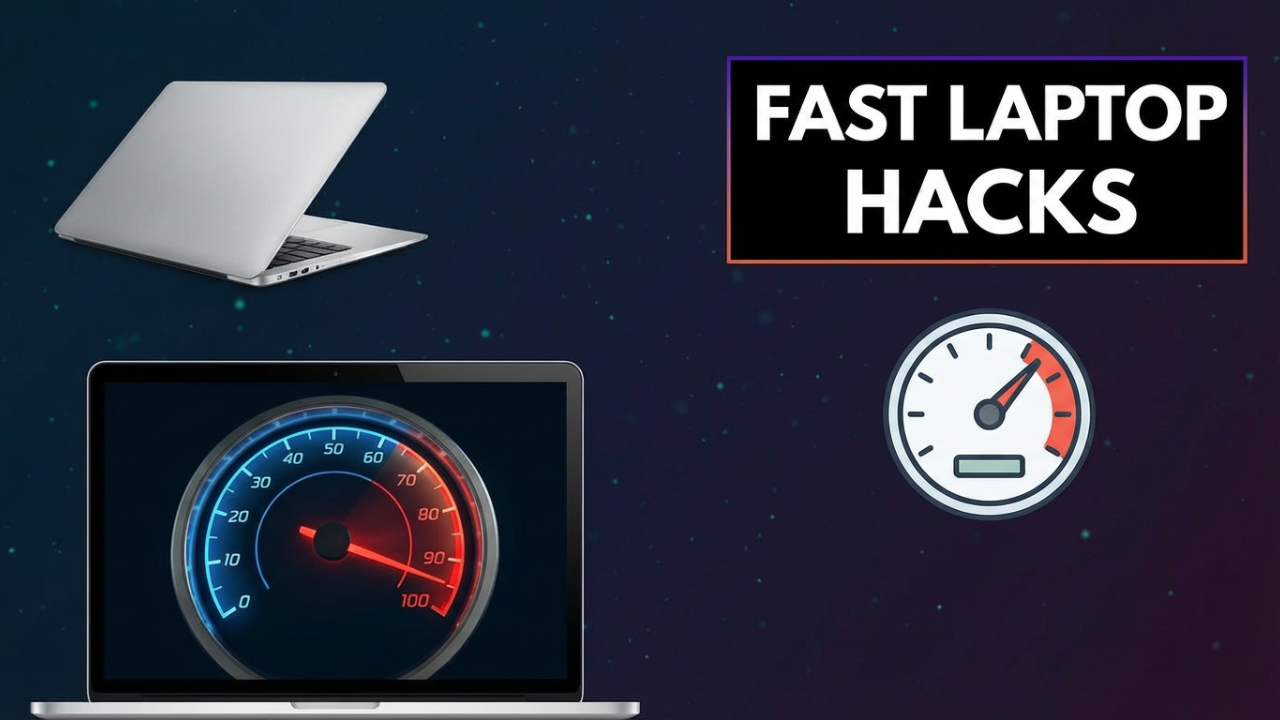Understanding the Different Types of CPUs: A Comprehensive Guide
Central Processing Units (CPUs), often referred to as the “brains” of a computer, play a crucial role in executing instructions and processing data. The complexity and diversity of CPUs can be overwhelming, particularly for those not immersed in the world of computer architecture. However, understanding the different types of CPUs can empower users to make informed decisions when purchasing or upgrading a computer, optimizing software, or even designing custom hardware solutions. In this blog post, we will delve into the various types of CPUs, their architectures, and their applications.
1. CPU Architecture: An Overview
The architecture of a CPU refers to its internal design, instruction set, and data processing capabilities. CPUs can be classified based on their architecture in several ways, the most common distinctions being:
- CISC (Complex Instruction Set Computing)
- RISC (Reduced Instruction Set Computing)
- EPIC (Explicitly Parallel Instruction Computing)
1.1 CISC (Complex Instruction Set Computing)
CISC architectures, such as those developed by Intel (x86 architecture), are designed to execute complex instructions that can accomplish multiple tasks with a single command. This allows for high flexibility when writing programs, as fewer instructions are often needed to perform complex operations. The nuanced and varied instructions can make programming easier and more efficient; however, CISC processors can also be slower when executing instructions due to their complexity.
Advantages:
- Fewer instructions required to perform tasks, which can simplify programming.
- Better for applications where memory usage is a concern, since fewer instructions can mean smaller programs.
Disadvantages:
- Variable instruction execution times can lead to inefficiencies.
- Higher power consumption due to complex operations.
1.2 RISC (Reduced Instruction Set Computing)
RISC architecture is designed to use a small, highly optimized set of instructions. Each instruction is executed within one clock cycle, leading to improved performance in many applications. RISC processors tend to have a more straightforward design compared to their CISC counterparts, resulting in lower power consumption and increased efficiency for specific tasks.
Advantages:
- Consistent and predictable performance—many instructions execute in one clock cycle.
- Easier to optimize and parallelize, making it ideal for current multi-core architectures.
Disadvantages:
- More instructions may be required to complete a task compared to CISC.
- Potentially higher memory usage due to a larger number of simpler instructions.
1.3 EPIC (Explicitly Parallel Instruction Computing)
EPIC architecture, primarily associated with Intel’s Itanium processors, takes advantage of instruction-level parallelism. This means that multiple instructions can be executed simultaneously, leveraging hardware-level optimizations and advanced compiler techniques. EPIC designs thus require a more sophisticated compiler to schedule and optimize instruction sequences.
Advantages:
- High performance through parallel execution of instructions.
- Allows for extensive optimization opportunities for high-performance computing applications.
Disadvantages:
- Complexity in compiler design required to fully exploit the architecture.
- Limited compatibility with existing software, as fewer programs are designed specifically for EPIC.
2. Types of CPUs Based on Form Factors and Usage
Beyond architecture, CPUs can also be categorized based on form factor and intended use. Here are some of the key categories:
2.1 Desktop CPUs
Desktop CPUs are designed for personal computers, workstations, and gaming rigs. They are built to handle a variety of tasks, from everyday computing to demanding graphical applications. The most notable examples include:
- Intel Core Series (i3, i5, i7, i9)
- AMD Ryzen Series
Key Features:
- Multiple cores and threads to facilitate multitasking.
- Higher base and turbo clock speeds for demanding applications.
2.2 Mobile CPUs
Mobile CPUs are specifically designed for laptops and tablets, focusing on power efficiency to maximize battery life while still providing adequate performance. Notable examples include:
- Intel Core M Series
- AMD Ryzen Mobile Processors
Key Features:
- Lower power consumption and thermal output.
- Integrated graphics to support basic gaming and high-resolution video playback.
2.3 Server CPUs
Server CPUs are built for handling high-performance computing tasks, cloud operations, and enterprise environments. These processors often have more cores, threads, and advanced error-correcting features to ensure stability and reliability. Prominent examples are:
- Intel Xeon Series
- AMD EPYC Series
Key Features:
- Larger caches, higher core counts, and support for extensive memory.
- Features geared towards virtualization, such as support for multiple simultaneous tasks.
2.4 Embedded CPUs
Embedded CPUs are designed for use in embedded systems, such as appliances, automobiles, and IoT devices. These processors often feature a specialized architecture tailored to specific applications. Examples include:
- ARM Cortex Series
- Microchip PIC
Key Features:
- Compact designs suitable for limited hardware resources.
- Optimizations for low power consumption and specific functionalities.
3. Emerging CPU Technologies
Technological advancements continue to reshape the landscape of processors. Several emerging technologies are worth noting:
3.1 Quantum CPUs
Quantum computing represents a paradigm shift in computing power, utilizing principles of quantum mechanics to process information differently from traditional CPUs. While still in its nascent stages, quantum processors like IBM’s Quantum Hummingbird are paving the path for future computational capabilities that could solve problems beyond the reach of conventional processors.
3.2 Neuromorphic CPUs
Neuromorphic computing mimics the neural structure of the human brain, allowing for efficient processing of information in a manner akin to biological processes. These CPUs represent a leap in artificial intelligence applications, particularly in machine learning and autonomous systems.
3.3 3D CPUs
3D chip stacking is emerging as an efficient way to overcome limitations in traditional 2D silicon design by increasing density without generating excessive heat. This could lead to reduced latencies and improved bandwidth for future high-performance CPUs.
Conclusion
Understanding the various types of CPUs is essential for anyone involved in technology, whether you are a consumer choosing a new computer, a software developer optimizing applications, or an engineer designing advanced computing systems. The choice of CPU can significantly impact performance, power efficiency, and overall computing capabilities. As technology continues to evolve, staying informed about CPU advancements and trends will ensure you remain at the forefront of computing developments.
Investing time to comprehend the distinctions among consumer, server, and emerging CPUs opens up numerous possibilities for effective hardware utilization and application development, ultimately leading towards amplifying the efficacy and performance of technological solutions.






